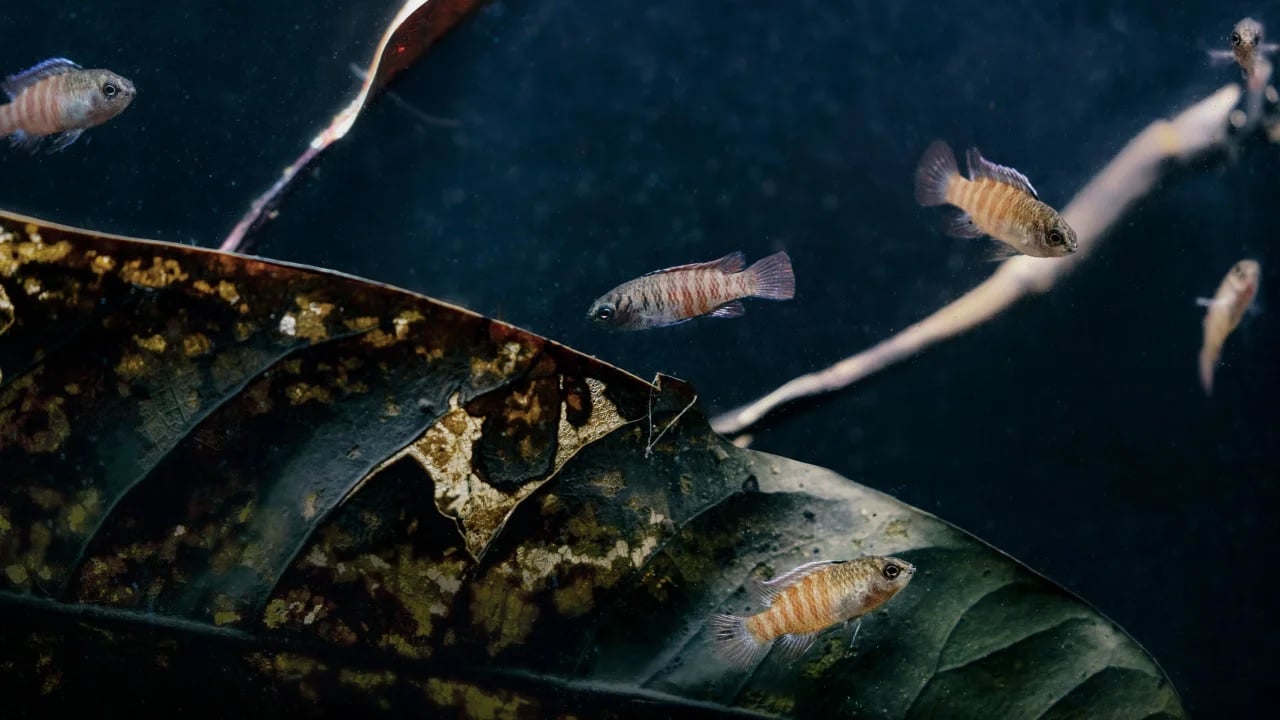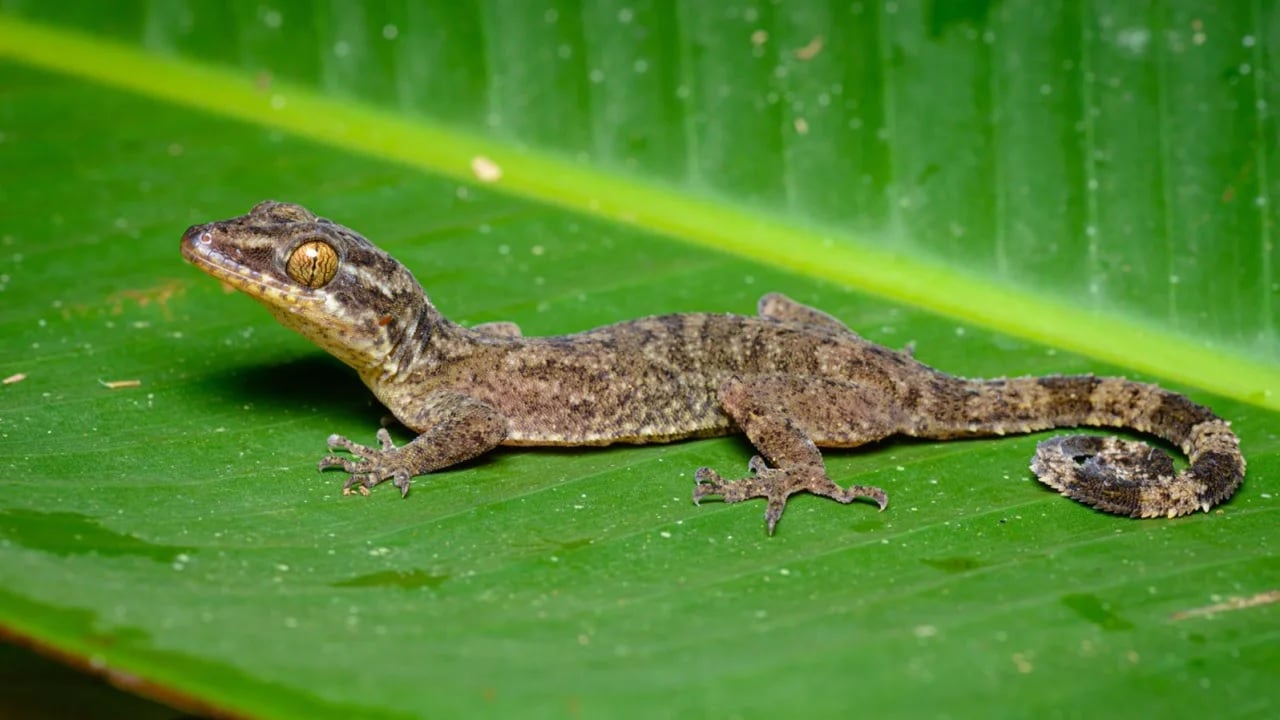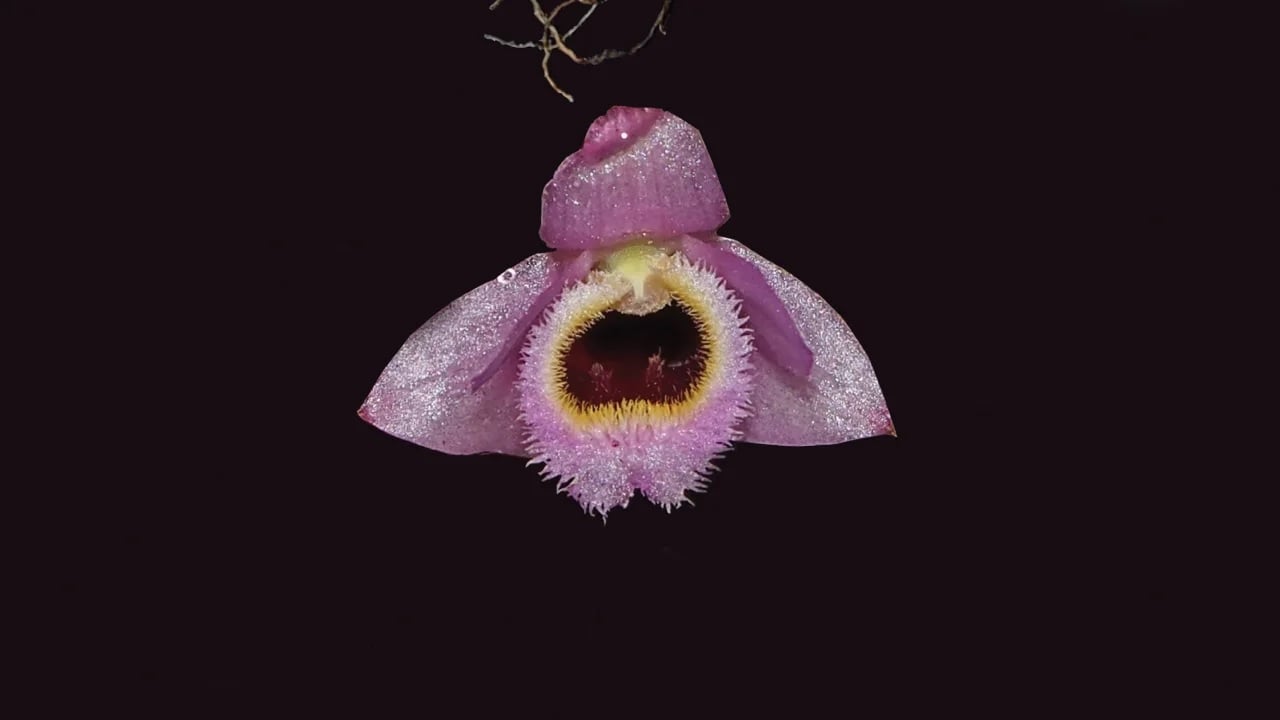June 16, 2025 | 06:09 GMT +7
June 16, 2025 | 06:09 GMT +7
Hotline: 0913.378.918
June 16, 2025 | 06:09 GMT +7
Hotline: 0913.378.918

Theloderma khoii frog was found in the limestone forests of Northeast Vietnam.
For decades, the extinction crisis has been defined by “conservation categories” – labels that the International Union for Conservation of Nature assigns to each species they assess at a given moment in time, Pincheira-Donoso said.
Based on that method, the IUCN’s Red List of Threatened Species classifies about 28% of species as under threat of extinction.
“What our study shows is not whether species are currently classed as threatened or not, but instead, whether their population sizes are becoming rapidly and progressively smaller or not,” Pincheira-Donoso said. Downward trends in population over time are a precursor to extinctions.
According to this assessment, 33% of the species currently classed as “non-threatened” on the IUCN Red List are in fact declining towards extinction.
According to CNN, an international team of scientists and researchers worked in Thailand, Myanmar, Laos, Cambodia and Vietnam for two years (2021-2022) and discovered 400 new species of flora and fauna. The team has discovered a total of 290 species of plants, 19 species of fish, 24 species of amphibians, 46 species of reptiles and one species of mammal in this area.
Mr. K. Yoganand, leader of the WWF Mekong Basin wildlife group, said, “These remarkable species may be new to science, but they have survived and thrived in the Mekong basin for millions of years. This is a reminder that they were there long before we humans moved to this area".
The new discoveries emphasize the rich biodiversity of the Greater Mekong subregion, home to more than 300 million people, including Thailand, Myanmar, Laos, Cambodia and Vietnam. However, the finding also highlights the growing threats to wildlife posed by humans' habit of encroaching on the natural environment.
The rich biodiversity of the Greater Mekong region faces tremendous pressures from economic development and human population growth, which drive deforestation, pollution and over-exploitation of natural resources, according to Truong Q. Nguyen from the Vietnam Academy of Science and Technology, who wrote the foreword to the WWF findings.

Tiny chameleon fish found in Myanmar are about the size of a fingertip.
According to Mr. Mark Wright, scientific director of WWF-UK, the report speaks about "nature's extraordinary diversity and creativity", but it is, at the same time, "a timely reminder of the extreme danger faced by so many of these plants, animals and habitats". The risk of extinction of plant and animal species here is looming if urgent action is not taken to protect them.
Since 1997, WWF has recorded nearly 4,000 species of higher plants, fish, amphibians, reptiles, birds and mammals in the Greater Mekong subregion. The area is known for having "the most biodiverse habitat" in the world.
This bent-toed gecko was discovered in Thailand’s Tenasserim Mountains bordering Myanmar, according to the WWF report. An arboreal species – meaning most of their lives are spent in trees – Cyrtodactylus rukhadeva takes its name from the Rukha Deva, mythical tree nymphs that protect the forest in Thai mythology.

Thailand's bent-toed gecko was named after a mythical tree nymph.
The discovery of the Dendrobium fuscifaucium orchid (below) happened by mere coincidence, according to the WWF report.
A nursery owner bought the plant from a local vendor in the limestone hills of Laos’ Vientiane province. When it flowered, the vendor sent photos to Asian orchids expert Pankaj Kumar, who is a visiting scholar at Texas Tech University. Convinced it was a new species, Kumar worked with a fellow orchid specialist in Laos to trace its origins, but scientists have yet to find it flowering in the wild.

This brilliant pink orchid found in Laos resembles a character from "The Muppet Show".
“This is not the first orchid described from trade in Laos, and in fact a few animal species have been also described from the trade in the country in the past decade,” Kumar told WWF. “It is a very beautiful miniature orchid with large flowers and hence has a very high potential ornamental value.”
Although nearly all orchids traded legally are propagated artificially, trafficking and over-harvesting from the wild are a threat to many species, the WWF cautioned in its report.

These toads found on the Thai-Malay peninsual have a striking bright reddish orange coloration.
This tiny toad (above) found on the Thai-Malay peninsula, has been named Ansonia infernalis – infernal stream toad – for the bright reddish orange coloration of its limbs and flanks, said to resemble the flames of hell, researchers said in the report.
Translated by Samuel Pham

(VAN) The working delegation from the Ministry of Agriculture and Environment conducted an important trip to the Netherlands to strengthen strategic partnerships and sustainable development in the agricultural sector.

(VAN) The letter ‘A Plea from the Ocean’ not only evokes emotion but also awakens the human conscience to the responsibility of protecting life on Earth.

(VAN) The Department of Agriculture in South Africa has announced the country’s first mass vaccination of poultry to prevent local birds from contracting avian influenza.

(VAN) Establishment of the Mekong Delta Regional Agricultural Linkage Center, aiming for a closed value chain, deep processing, trading platforms, and international market connectivity.

(VAN) Gia Lai province has recently recorded 460 rare species of animals and plants, contributing to forest conservation and biodiversity planning in the region.

(VAN) Ms. Caroline Beresford, New Zealand Ambassador to Vietnam, expressed confidence that agricultural cooperation between Vietnam and New Zealand will develop sustainably, be climate-resilient, and promote gender equality.

(VAN) Vietnam reaffirms its commitment to international cooperation in fostering sustainable and responsible fisheries while ensuring resilient livelihoods for small-scale fishing communities.